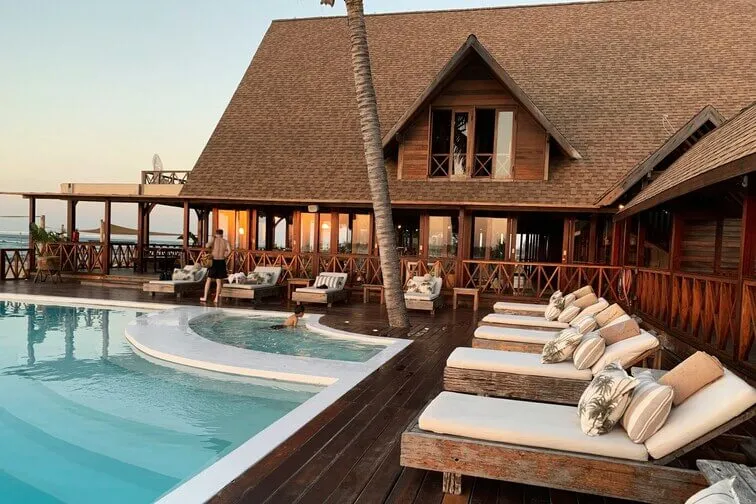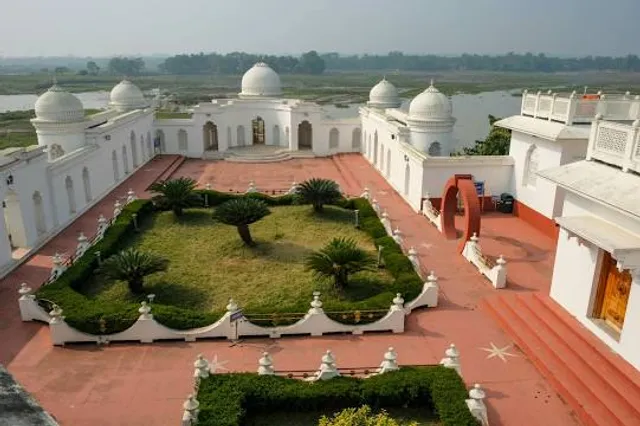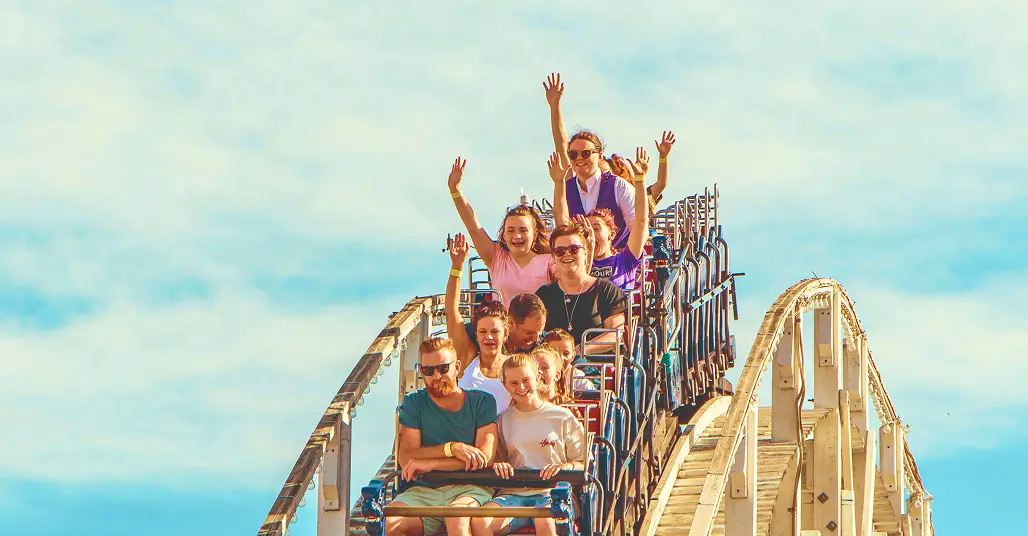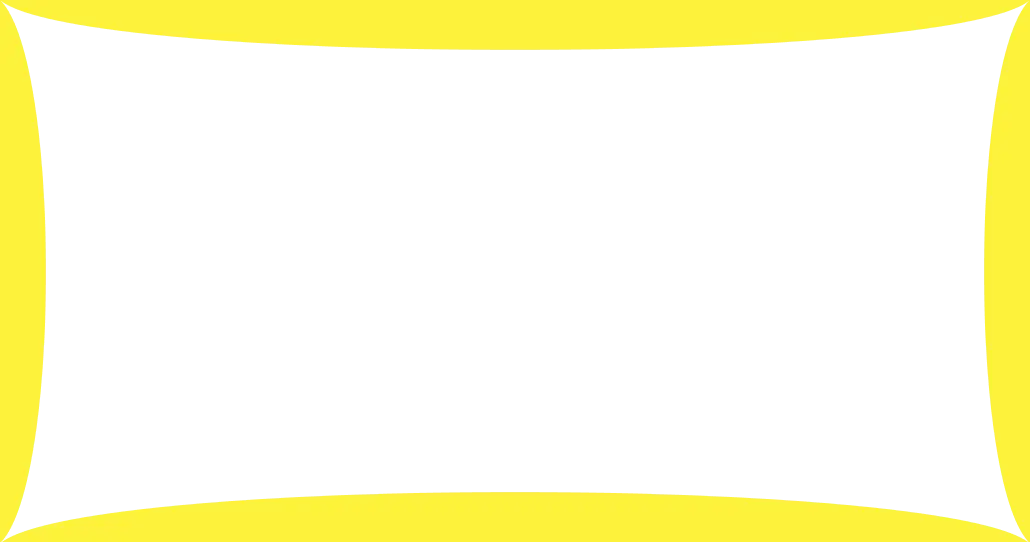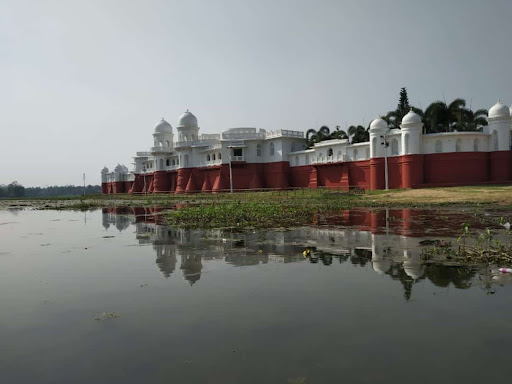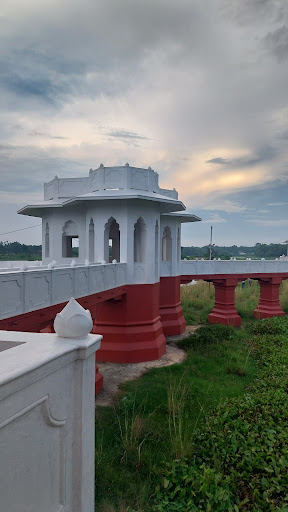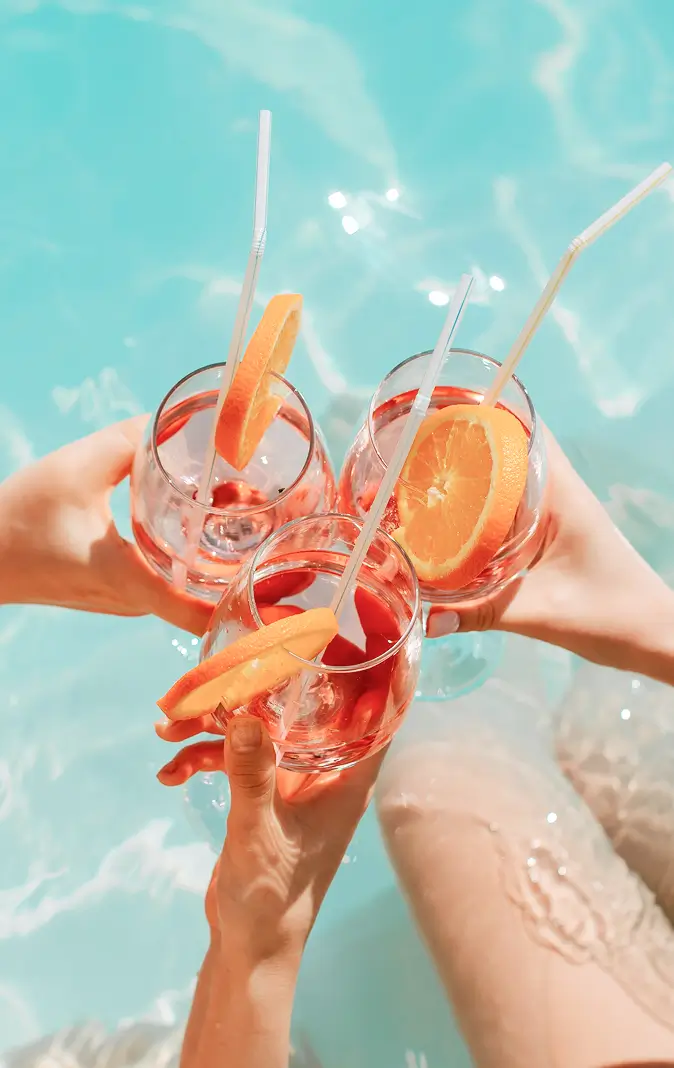The only two lake palaces of India are a picture in contrast. While the Lake Palace at Lake Pichola in Udaipur in West India is now being run as a luxury hotel and the lake surrounding it has brought immense prosperity to the entire area, at the other end of the country Neermahal or the water palace in Tripura with a lake drained of precious water and weeds all around it, tells a tale of gross neglect.
In fact, few in the country even know that Neermahal, which is set in the midst of the Rudrasagar Lake about 50 kilometres from Agartala, the capital of Tripura, is only the second such lake palace in the country.
But now times for this palace, which was built by King Bir Bikram Kishore Debbarman of the erstwhile Kingdom of Tripura in 1930 as his summer palace, may change yet again.
A grandiose plan has been drawn up for it restoration and revival. With this the fortunes of the majestic lake that surrounds it as also the communities who live off the lake are expected to take a turn for the better.
Secretary (Tourism and Urban Development) in the Government of Tripura, Ashutosh Jindal said the “State Government has decided to develop Neermahal as a mega destination. A consultant is being engaged for preparing a detailed report for sending to Ministry of Tourism and for development of this tourist property.”
“The State Government is also taking initiative to reclaim the water area as far as possible -- the district magistrate of the area has been assigned the responsibility of carrying out a detailed demarcation of the water area and making efforts to reclaim it, he added
A technical committee has also been constituted to assess if the palace (Neermahal) needs retrofitting and renovation. Based on the assessment of the committee, work will be taken up by Public Works Department, the official said.
But why is it that Neermahal, despite being so beautifully located, could not become like its counterpart in the western end of the country? The palace can be accessed through a boat. But everything in the area appears run down. The boats are rickety and appear unsafe; the 5.3 square km Rudrasagar Lake is shallow and full of silt, the 24-room Neermahal itself is surrounded by weeds on all sides and its dilapidated building shows that much needs to be improved.
Piecemeal initiatives in the past have not yielded the desired results. Subhash Devnath, in-charge of Neermahal Palace, said about one lakh tourists visit the palace each year. A light and sound show was installed here in 2003 by a Finnish company at a cost of Rs 1.20 crore, but the system has been lying disused for the past nine months now. It developed some fault and there was no one to repair it.
The Neermahal had boasted of three generators way back in the 1930s as the king wanted his summer palace to be well lit. However, now only the platforms on which they stood remain and so is the case with the walls which have been stripped off the precious stones which once...
Read more Learn more insights from Wanderboat AI.
Learn more insights from Wanderboat AI.

